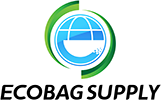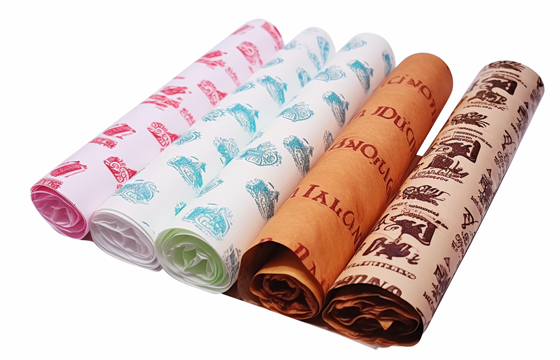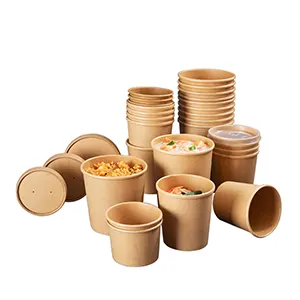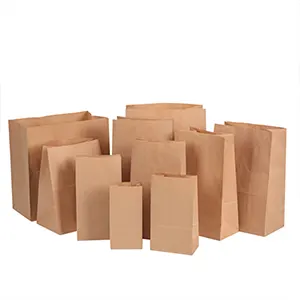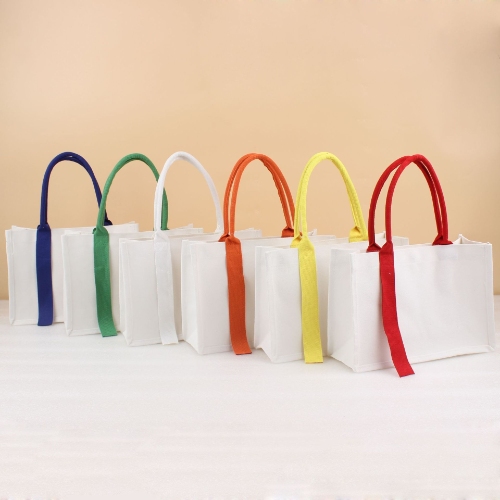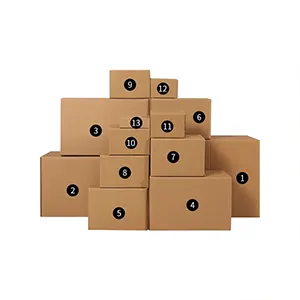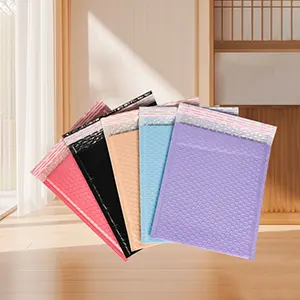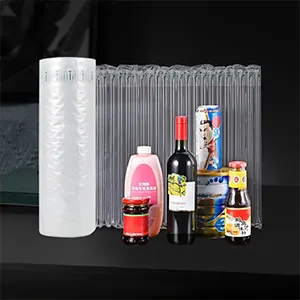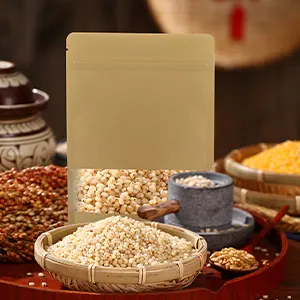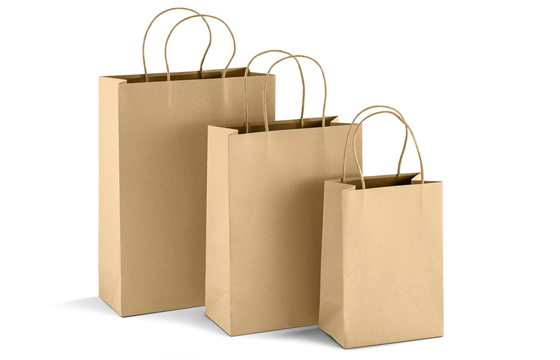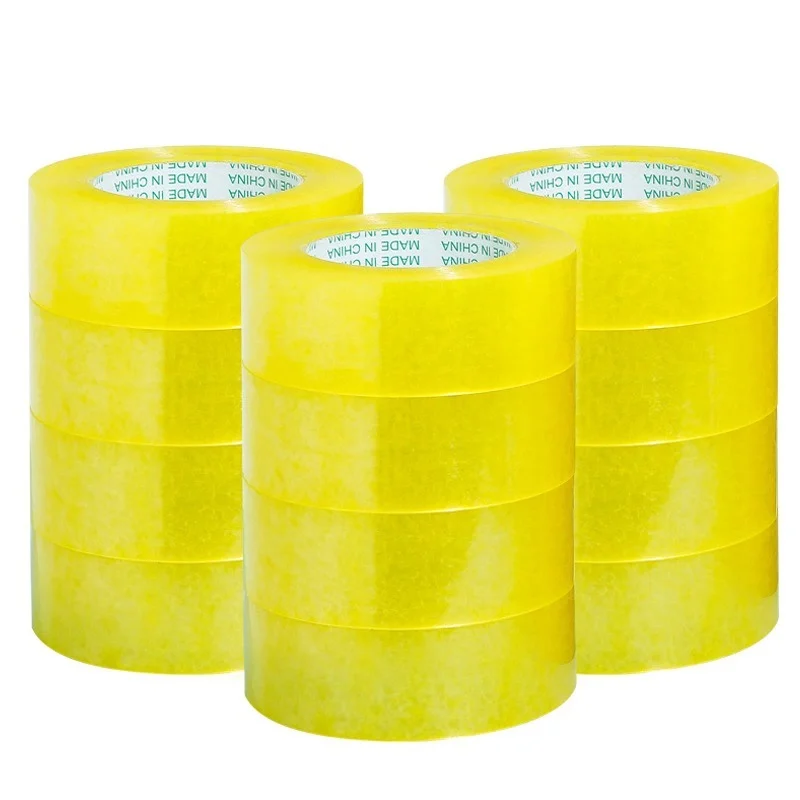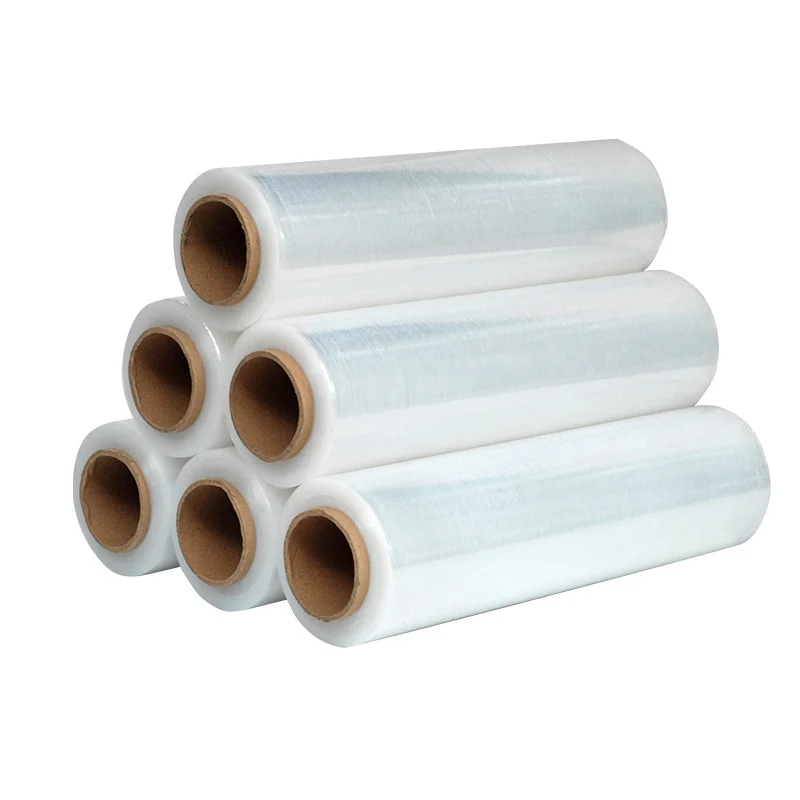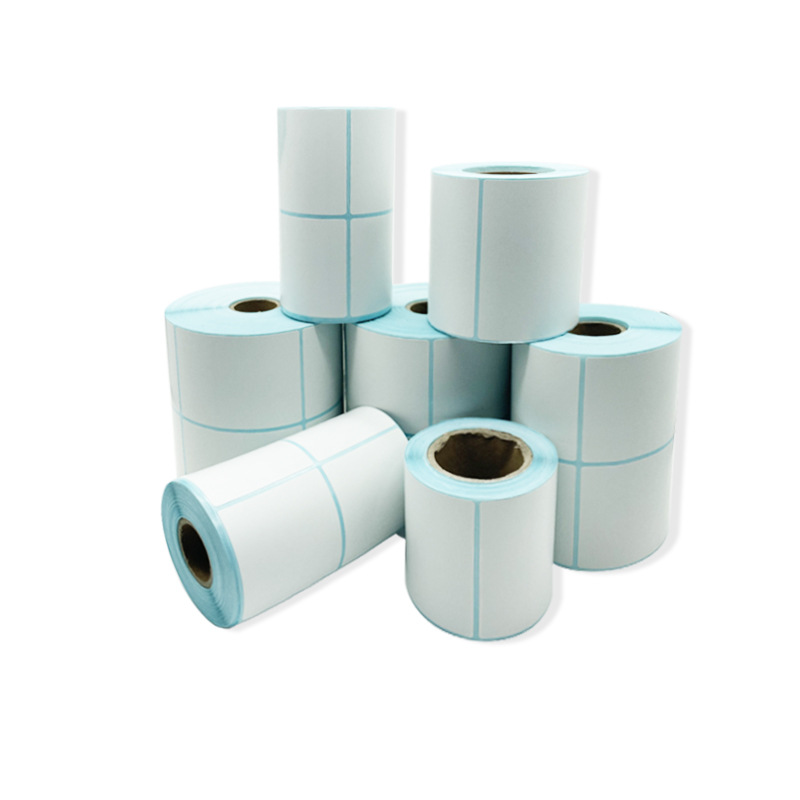Analysis of the Eco-Friendly Packaging Market: Trends, Challenges, and Future Prospects
The demand for eco-friendly packaging has increased dramatically in recent years as businesses and consumers seek sustainable alternatives to traditional packaging materials. With growing concerns about plastic pollution, climate change, and environmental sustainability, companies worldwide are shifting toward biodegradable, recyclable, and reusable packaging solutions.

Governments are also introducing strict regulations on single-use plastics, and customers are willing to pay more for products that use green packaging. These factors are driving significant changes in the eco-friendly packaging market, influencing manufacturers, retailers, and industries across the globe.
This article provides a detailed analysis of the eco-friendly packaging market, including consumer demand, industry trends, challenges, government policies, and future innovations that will shape the industry in the coming years.
Consumer Demand for Sustainable Packaging
Consumers are becoming increasingly aware of their environmental impact, and many now prefer sustainable packaging over plastic. Studies show that 82% of global consumers are willing to pay more for products packaged in eco-friendly materials. Younger generations, particularly Gen Z and Millennials, are driving this change, as they prioritize ethical and sustainable purchasing decisions.
Why Are Consumers Choosing Eco-Friendly Packaging?
- Environmental Concerns – Many consumers are worried about the impact of plastic waste on the planet. With over 8 million tons of plastic ending up in the ocean each year, people want alternatives that reduce pollution.
- Health Awareness – Traditional plastic packaging contains harmful chemicals that can leach into food and drinks. Consumers are looking for safer materials such as paper, glass, bamboo, and compostable bioplastics.
- Brand Image and Ethics – Consumers prefer brands that prioritize sustainability. Companies that use eco-friendly packaging gain customer trust and improve their public image.
- Government Bans on Plastic – As laws against single-use plastics increase, consumers are naturally switching to paper, fabric, and compostable packaging options.
However, there is still a gap between intention and action. While many consumers say they prefer sustainable packaging, they may not always choose it due to higher prices, convenience issues, or a lack of awareness about proper disposal methods. Businesses must find ways to make eco-friendly packaging affordable, accessible, and easy to recycle or compost.
Industry Trends and Innovations in Eco-Packaging
As companies work to reduce their environmental impact, the packaging industry is seeing major innovations. These trends include biodegradable packaging, reusable materials, plant-based plastics, and smart packaging technologies.
Biodegradable and Compostable Packaging
One of the biggest trends in the market is the shift toward biodegradable and compostable packaging. These materials break down naturally when disposed of correctly, reducing waste.
- Plant-based plastics (bioplastics) made from cornstarch, sugarcane, and seaweed are gaining popularity.
- Compostable food containers allow customers to dispose of packaging in compost bins instead of landfills.
- Mushroom packaging, made from mycelium (the root structure of mushrooms), is replacing Styrofoam in protective packaging.
Reusable and Refillable Packaging
Many brands are embracing reusable packaging models to cut down on waste. Instead of using single-use containers, companies are encouraging customers to return or refill their packaging.
- Loop is a popular initiative that allows consumers to purchase goods in reusable containers and return them after use.
- Glass and aluminum packaging are becoming more common in industries like cosmetics and food, as they can be washed and reused multiple times.
Minimalist and Reduced Packaging
Many companies are reducing the amount of packaging used to decrease waste. This trend is called “minimalist packaging” or “right-sizing”.
- Brands are using fewer layers of plastic and unnecessary wrapping.
- Some businesses are switching to “naked” packaging, where products like shampoo bars and soap come without a wrapper.
Smart Packaging and Digital Printing
Technology is also transforming the packaging industry with smart packaging solutions. These innovations make recycling and disposal easier while providing consumers with more information about sustainability.
- QR codes on packaging allow customers to scan and learn how to properly dispose of the material.
- Water-soluble packaging is being developed for single-use items like detergent pods and takeaway containers.
- Eco-friendly inks are replacing petroleum-based inks to make packaging 100% biodegradable.
These industry trends are reshaping how businesses package their products while reducing waste and promoting circular economy principles.
Challenges in the Eco-Friendly Packaging Market
Despite the strong growth of sustainable packaging, the industry still faces several challenges. Businesses must overcome issues related to cost, infrastructure, and consumer awareness to make eco-friendly packaging widely available.
Higher Costs of Sustainable Materials
One of the biggest barriers to adopting eco-friendly packaging is cost. Sustainable materials like bioplastics, recycled paper, and compostable materials are often more expensive than traditional plastic. This is because:
- The production process for sustainable materials is more complex.
- Some raw materials, like organic cotton or bamboo, require more resources and time to produce.
- Recycling and composting require additional infrastructure, which is not always available in every region.
To reduce costs, companies are investing in better production methods and scaling up operations to make sustainable packaging more affordable.
Lack of Proper Recycling and Composting Infrastructure
Many eco-friendly packaging materials require special disposal methods, but the infrastructure to support them is still underdeveloped.
- Some compostable materials only break down in industrial composting facilities, which are not available in all cities.
- Biodegradable plastics can contaminate regular plastic recycling streams, making it difficult to process waste efficiently.
- Consumers often do not know how to properly dispose of eco-packaging, leading to mismanagement of waste.
Governments and companies must work together to improve waste collection systems, educate consumers, and invest in composting and recycling facilities.
Performance and Durability Issues
Some sustainable packaging alternatives are not as durable as traditional plastic.
- Paper and cardboard packaging can be weaker when exposed to moisture.
- Compostable plastics may not hold up well for long-term storage.
Manufacturers are working on improving durability and strength while keeping packaging biodegradable and lightweight.
Government Regulations and Corporate Commitments
Governments worldwide are implementing stronger regulations to limit plastic waste and promote sustainable packaging.
Plastic Bans and Recycling Targets
Many countries have introduced bans on plastic bags, straws, and Styrofoam containers. Some regions have set targets for recyclable and biodegradable packaging, requiring businesses to switch to sustainable alternatives.
For example:
- The European Union has banned single-use plastics and requires 50% of plastic packaging to be recyclable by 2025.
- India has phased out certain plastic products, encouraging the use of compostable and biodegradable materials.
- The United States has different state laws banning plastic bags and Styrofoam containers in places like California and New York.
Corporate Sustainability Pledges
Big companies are making public commitments to reduce plastic waste and use sustainable packaging.
- Coca-Cola, Unilever, and Nestlé have pledged to use more recycled and biodegradable packaging by 2030.
- Fashion brands like Gucci and Adidas are shifting to eco-friendly garment bags and recyclable materials.
These government and corporate efforts are pushing the eco-packaging market forward.
The Role of Technology in Eco-Friendly Packaging
Technology is playing a major role in making sustainable packaging more efficient and accessible. Companies are investing in advanced materials, automation, and AI-driven solutions to create packaging that is both eco-friendly and cost-effective.
One of the biggest innovations in the industry is the development of biodegradable smart packaging. These new materials self-decompose under natural conditions, reducing waste without requiring industrial composting. Scientists are also working on water-soluble films that dissolve when exposed to moisture, making them perfect for single-use items like detergent pods and takeaway food packaging.
Another important technological advancement is AI-powered manufacturing. Automation helps reduce waste by optimizing material usage and minimizing errors in production. Some companies are also using blockchain technology to track the entire lifecycle of packaging materials, ensuring that waste is being properly managed and recycled.
Finally, the rise of 3D printing is helping businesses produce custom, biodegradable packaging in a way that reduces material waste. By using plant-based filaments and recycled materials, 3D printing is making it possible for companies to create eco-friendly packaging with less environmental impact.
With continued investment in technology and innovation, the future of sustainable packaging will become more efficient, affordable, and accessible for both businesses and consumers.
The Economic Benefits of Eco-Friendly Packaging
Switching to eco-friendly packaging is not just good for the environment—it is also a smart financial decision for businesses. As consumers demand sustainable products, companies that adopt green packaging can benefit from increased customer loyalty, cost savings, and government incentives.
One of the key economic advantages of sustainable packaging is waste reduction. Traditional plastic packaging leads to high disposal costs and landfill taxes, while biodegradable alternatives reduce long-term waste management expenses. Many businesses are also saving money by using less packaging overall, thanks to the trend of minimalist and right-sized packaging.
Additionally, government regulations are encouraging companies to adopt sustainable practices. Many regions offer tax benefits, subsidies, and financial incentives for businesses that use biodegradable, recyclable, or reusable packaging. Companies that fail to comply with new plastic bans may face heavy fines and restrictions, making the switch to sustainable materials a strategic business move.
Sustainable packaging also enhances brand reputation. Studies show that customers are willing to pay more for products with eco-friendly packaging, and companies that prioritize sustainability are seen as more trustworthy and responsible. As the demand for green products grows, businesses that invest in eco-friendly packaging now will gain a competitive advantage in the future.
How Businesses Can Transition to Sustainable Packaging
Making the shift to eco-friendly packaging may seem overwhelming, but businesses can follow a step-by-step approach to make the transition smooth and cost-effective.
The first step is to evaluate current packaging materials and identify areas where sustainable alternatives can be used. Many businesses start by reducing unnecessary packaging, which not only saves money but also lowers waste production. Switching from plastic to paper-based or biodegradable materials is an easy way to align with sustainability goals.
Next, companies should work with eco-friendly suppliers. Many manufacturers now offer affordable, sustainable packaging solutions, including biodegradable bags, recycled paper boxes, and compostable food containers. Partnering with certified sustainable suppliers ensures that materials come from responsible sources.
Businesses can also educate customers on proper disposal methods. Including clear recycling or composting instructions on packaging helps reduce waste contamination. Some companies offer return programs, where customers can send back used packaging for recycling or repurposing.
Lastly, brands can promote their sustainability efforts to attract eco-conscious customers. Highlighting green initiatives on product labels, websites, and social media helps businesses build customer trust and differentiate themselves in the market.
Conclusion: The Analysis of the eco packaging market
The eco-friendly packaging market is rapidly growing as businesses, consumers, and governments push for sustainable solutions. Innovations in biodegradable plastics, reusable containers, and smart packaging will continue to reshape the industry.
While cost, infrastructure, and durability remain challenges, ongoing investment in recycling, better production methods, and consumer education will help make eco-friendly packaging more accessible.
As more regulations are enforced and consumers demand greener choices, the future of packaging will be greener, smarter, and more sustainable. Businesses that adapt early will benefit from a stronger brand image, customer loyalty, and long-term success in the growing eco-packaging industry.
JERL has been working hard on the road of custom packaging. Next time when you feel the need to impress someone with your brand, think of JERL Packaging!
